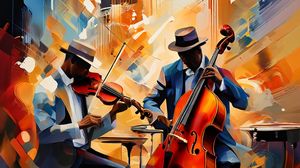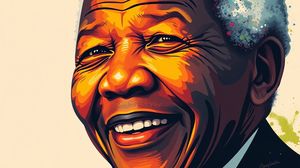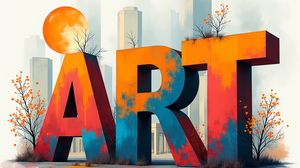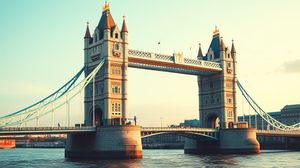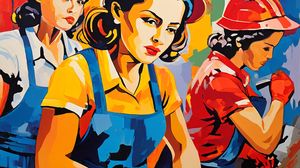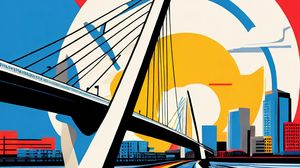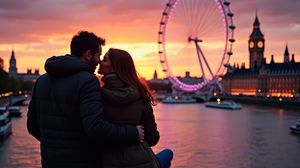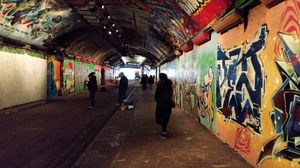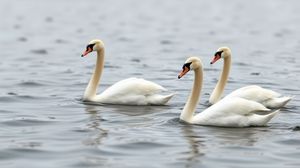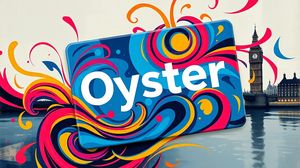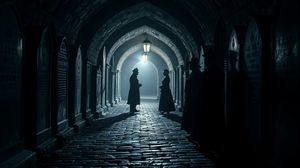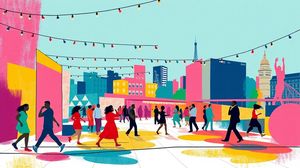
The Southbank Centre in London is one of the city's most vibrant cultural venues, comprising the Royal Festival Hall, Queen Elizabeth Hall, and the Hayward Gallery, among others. It stands as a hub for the arts right alongside the Thames, drawing millions of visitors each year with diverse performances and exhibitions.
This iconic venue originated from the Festival of Britain in 1951, a landmark event aimed at promoting British arts and culture after World War II. The Royal Festival Hall, the first building constructed for the festival, remains a central cultural point of the complex.
Interesting tidbit: the Southbank Centre was groundbreaking in its use of public art installations, setting a precedent for urban art developments. Its outdoor areas frequently host intriguing installations and performances that are free to the public.
Its Brutalist architecture stands out against the skyline, often sparking debates among architects and enthusiasts alike. This distinctive style, especially visible at the Hayward Gallery, is a magnet for those fascinated by mid-20th-century design.
The Centre is a leading example of open cultural dialogue, regularly featuring artists from diverse cultures and disciplines. This commitment to inclusivity and diversity ensures a fresh and dynamic program that keeps visitors coming back for unexpected experiences.
Southbank Centre is uniquely positioned as Europe's largest centre for the arts. It hosts world-class music, performance, and visual art, becoming a cultural melting pot that fosters creativity and innovation.
Even if you are not attending an event, the Centre offers a plethora of free public spaces to relax, enjoy the river views, and soak up the creative atmosphere, making it a perfect stop for both art enthusiasts and those looking to unwind by the Thames.

Making the Most of Your Visit:
Arrive early for stunning river views: The Southbank Centre is right on the edge of the Thames, and you can get some beautiful views of the river, especially as the sun rises or sets. Arrive a bit early to take a leisurely stroll along the riverside before the main crowds arrive.
Explore the outdoor art installations: These change regularly and are often intriguing and thought-provoking. Since they're outdoors, they're perfect for a quick cultural snack as you wander from one building to the next. You might even catch a pop-up performance if you're lucky!
Check out the roof garden: While many people flock to the interiors, the Southbank Centre's Queen Elizabeth Hall Roof Garden is a bit of a hidden gem. It's a great place to relax with fantastic views over the city, and it's particularly lovely in spring and summer when the plants are in full bloom.
Don't miss the book market: Just by the Queen's Walk, you'll find a second-hand book market. It's worth taking a moment to look through the eclectic mix of books available. You never know what treasure you might unearth!
Pop into exhibitions at the Hayward Gallery: Even if modern art isn't your usual cup of tea, the Hayward Gallery often hosts some of the most compelling and talked-about exhibitions in London. It's a good idea to peek inside whenever there's a new exhibit.

Visiting Times & Costs:
The Southbank Centre is open to the public year-round, though specific hours may vary for individual venues and events. Generally, the Centre is open from morning until late at night, with closing times typically aligned with event schedules.
Entry to the Southbank Centre's outdoor spaces and some exhibitions is free, providing access to public installations and scenic river views. However, certain events and exhibitions, particularly those inside the Royal Festival Hall, Queen Elizabeth Hall, and Hayward Gallery, may require a ticket. Prices for these can vary depending on the performance or exhibition.
Accessibility is a priority at the Southbank Centre. Facilities include step-free access to most venues, accessible toilets, and assistive listening devices available for performances. Visitors with accessibility inquiries are encouraged to check for specific services and potential limitations relating to particular events or areas.

Address & Map:

Nearby:
